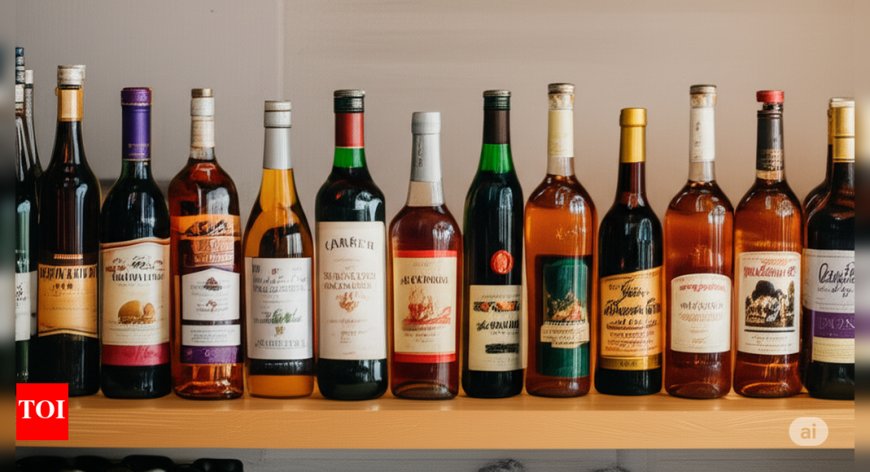Is there a type - or colour - of alcohol that's safer than others?
Many believe that some types, or colours, of alcohol are less risky for your health and are better in terms of ensuring you don't have a hangover.

Is there a type - or colour - of alcohol that's safer than others?
Breaking News, Daily Updates & Exclusive Stories - theoddnaari
By Neha Sharma and Anjali Verma, team theoddnaari
As the world navigates through a complex relationship with alcohol consumption, many individuals have begun to wonder whether certain types or colors of alcohol may be less risky for their health. While enjoying a drink is often a social pleasure, concerns about the potential for hangovers have led many to ask, “Is there a type - or color - of alcohol that's safer than others?” This article delves into the nuances of alcohol consumption, exploring the various types and colors, and what impact they may have on health and hangover effects.
Understanding Alcohol Types and Colors
Alcohol comes in various forms - from spirits to wines, and beers to cocktails. Each type has its unique properties, including taste, alcohol content, and potential health implications. Additionally, the perception of color plays a significant role in how alcohol is classified, with clear spirits (like vodka and gin) often considered “safer” than darker counterparts (like whiskey and red wine).
Does Color Matter?
Many people believe that darker alcohols tend to have more congeners, which are byproducts of fermentation that can exacerbate hangovers. Studies suggest that drinks with high congener levels, such as bourbon or dark rum, can lead to more severe hangover symptoms, while clear spirits tend to result in milder experiences. However, it’s not just about color; it’s also essential to consider the type and amount of alcohol consumed.
Health Risks Associated with Alcohol
Ultimately, the health implications of alcohol consumption rest heavily on moderation rather than color or type. Consuming excessive alcohol regardless of its hue can lead to a range of health issues, including liver disease, addiction, and heart complications. The key takeaway is that moderation is vital, and consumers should be informed about the potential risks associated with each type.
What About Hangovers?
While many believe that certain colors help minimize hangover effects, the differences might not be as significant as many expect. Factors such as hydration levels, accompanying food consumption, and individual tolerance levels play a more critical role in determining hangover severity.
Your Choices Matter
With this knowledge in mind, it’s important to make informed choices about alcohol consumption. Opting for lower-congener drinks, staying hydrated, and consuming alcohol in moderation may contribute to a healthier experience. Furthermore, being mindful of your alcohol choice can enhance social occasions without compromising health.
Conclusion
While there may be perceptions about certain types or colors of alcohol being "safer," the most critical factor remains moderation. Understanding how different beverages interact with our bodies—and how we respond to them—is essential. If you’re interested in deepening your understanding of alcohol and its effects, for more updates, visit theoddnaari.com.







